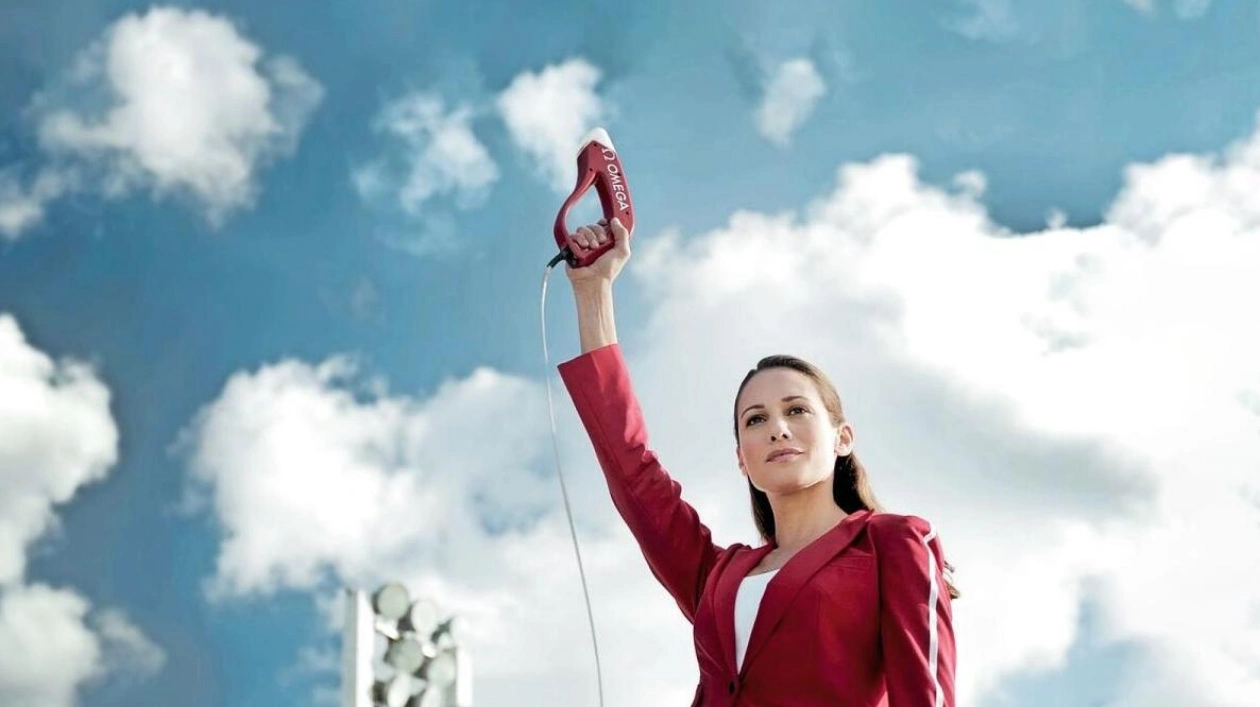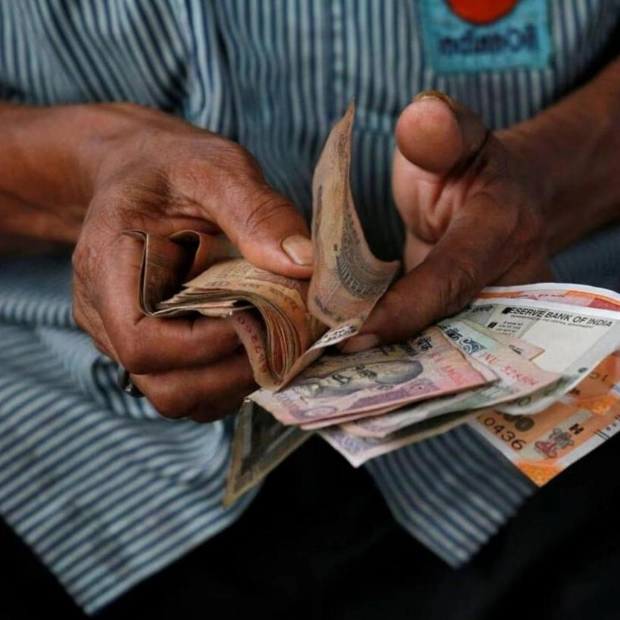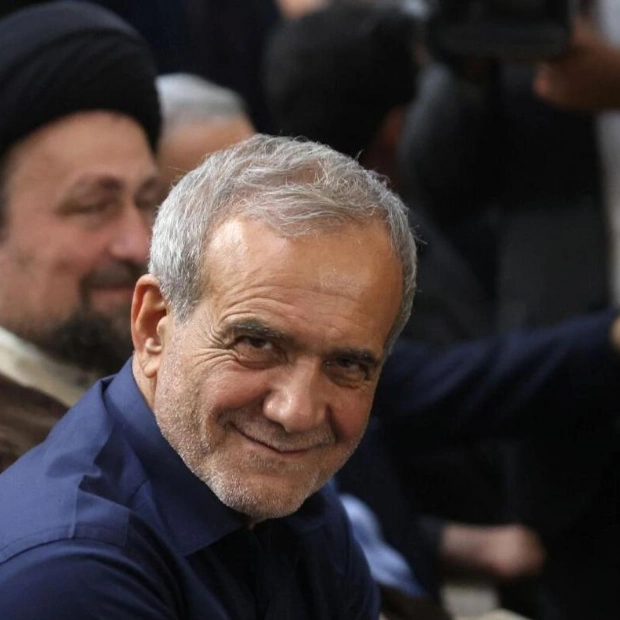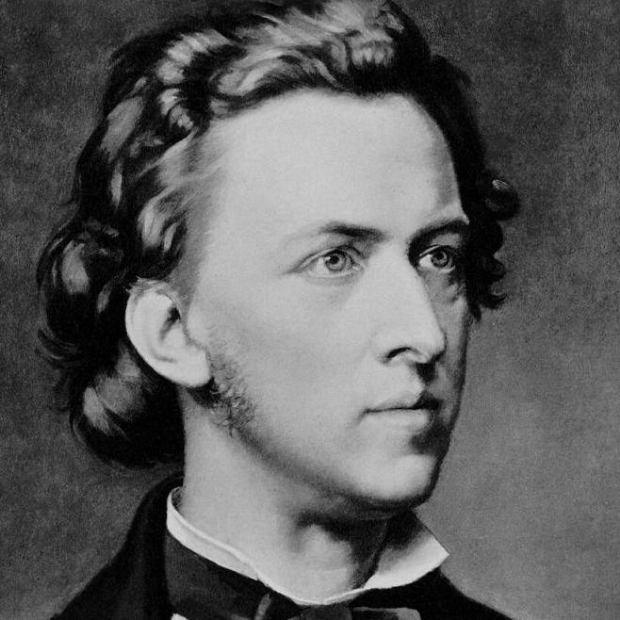Without the capability to measure the times and distances that distinguish the victor from the contenders, the concept of competition as we understand it would cease to exist. The absence of timing would eliminate the possibility of establishing World or Olympic and Paralympic Games records. Omega boasts an unmatched history in sports timekeeping. As early as 1932, Omega's pocket watch chronographs were recognized as the most dependable tools for measuring elite performance in sports. The brand's credibility was so high that the International Olympic Committee (IOC) enlisted Omega to provide all timing devices for the Olympic Games in Los Angeles that year. Since then, Omega has consistently advanced and implemented cutting-edge sports timing and measurement technologies, not only at the Olympic and Paralympic Games but also in other major athletic competitions.
1932 marked a pivotal year in the annals of sports measurement. For the first time, a single private entity was tasked with timing all events at the Olympic Games. This responsibility fell to Omega, which provided one timekeeper and 30 high-precision chronographs, all certified by the Observatory at Neuchâtel. During its inaugural role as the Official Timekeeper of the Olympic Games, Omega managed to record results to the nearest tenth of a second. The brand's proficiency was greatly valued by officials in Los Angeles and played a crucial role in confirming 17 new World Records. Within two decades, machines started to surpass human capabilities in timekeeping accuracy. It was at the 1948 Olympic Winter Games that Omega introduced the cellular photoelectric 'eye', which could automatically halt the clock at the finish line. In the same year at London, the British Race Finish Recording Co. developed the first slit photofinish camera, perfect for closely contested races like sprints, rowing, and cycling, which worked in conjunction with Omega's sophisticated timing apparatus.






